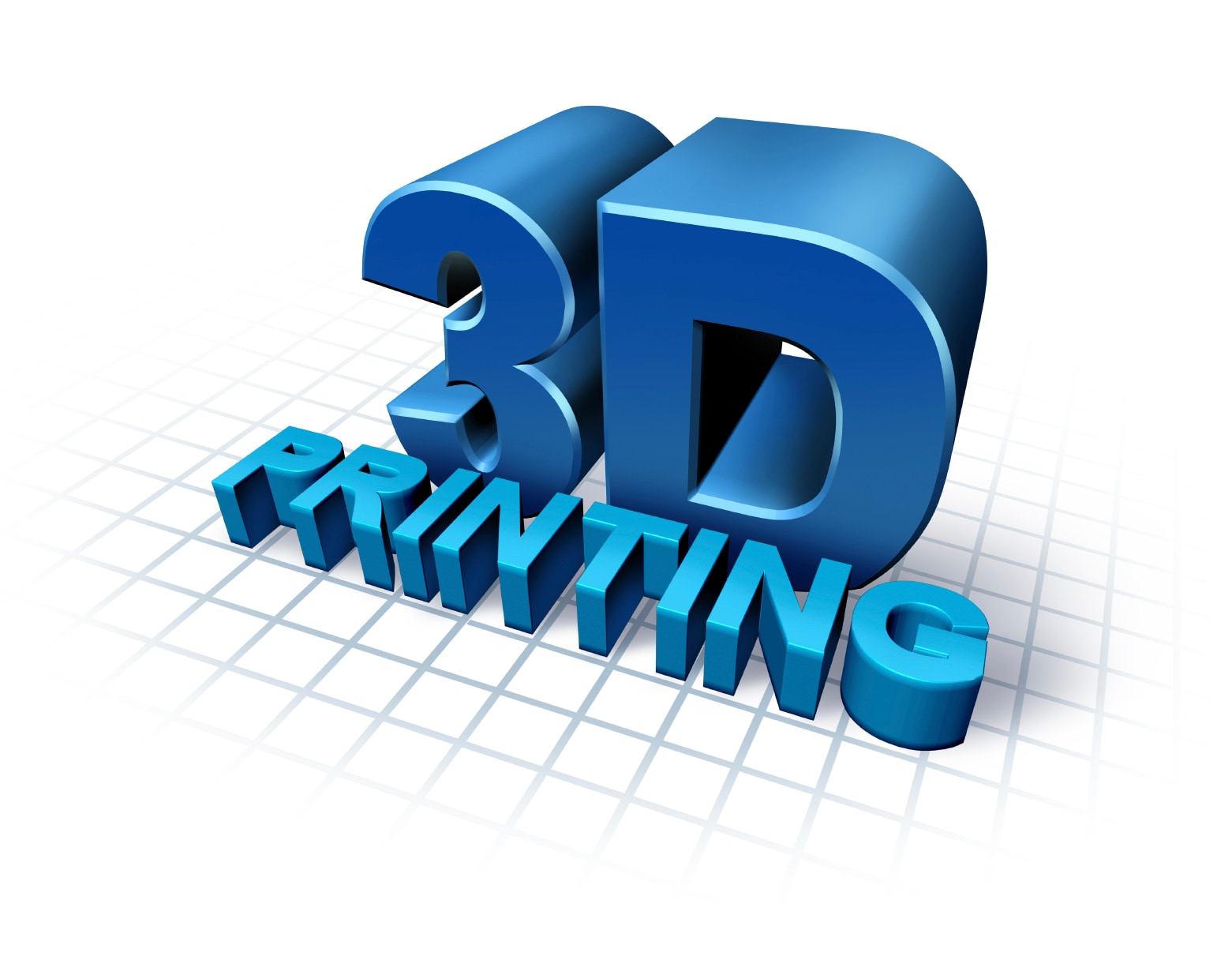 3D printing, also known as additive manufacturing, is a process by which thousands of thinly sliced horizontal cross sections of material are layered in succession to make a solid, three dimensional object. The placement of the layers is determined by a Computer Aided Design (CAD) file which is used to create a 3D model. 3D printers use different technologies to create the layers, depending on the material being printed.
3D printing, also known as additive manufacturing, is a process by which thousands of thinly sliced horizontal cross sections of material are layered in succession to make a solid, three dimensional object. The placement of the layers is determined by a Computer Aided Design (CAD) file which is used to create a 3D model. 3D printers use different technologies to create the layers, depending on the material being printed.
3D printing began with plastics. 3D printing with metal was once cost-prohibitive but today, selective laser sintering (SLS), direct metal laser sintering (DMLS), fused deposition modeling (FDM), selective laser melting (SLM), and electron beam melting (EBM) are some 3D printing technologies for metal that, in some applications, may be more efficient than some traditional manufacturing methods while producing a comparable, if not better, product. DMLS, for example, is able to create very complex geometries quickly and is being applied to the manufacture of jet engine parts that can be difficult to produce using conventional methods. The DMLS technique is also able to handle a wider range of alloys to create stronger, more durable parts.
Metal 3D printing is advancing because the materials used in the process are also evolving. Metal powders tailored to specific 3D printing technologies are emerging rapidly as the many applications in the aerospace, automotive and other industries become clear. Formulations include some grades of stainless steel, low alloy steels, and nickel and cobalt alloys.
An article published on 3ders.org reported the development of a low-cost titanium powder that can be used to 3D print automotive parts and aerospace and defense components. The process uses electrolysis to turn rutile (titanium dioxide) directly into powdered titanium which can be refined for purity, morphology and alloying elements. The site also reports that in 2014, an industrial 3D printer maker introduced two new metal materials:
- EOS Titanium Ti64ELI, a lightweight, corrosion-resistant, biocompatible alloy in powder form ideal for the production of biomedical implants and can be used in aerospace and motor racing.
- EOS Stainless Steel 316L, a corrosion-resistant, biocompatible stainless steel. Parts built from this material meet ASTM F138 Standard Specification for Wrought 18Chromium-14Nickel-2.5Molybdenum Stainless Steel Bar and Wire for Surgical Implants (UNS S31673).
Complex metallic alloys (CMAs) are being developed for additive manufacturing technologies to meet the demand for lighter functional parts or to make parts that have improved functionality, as explained in an article from Science and Technology of Advanced Materials. The SLS process uses polymer, reinforced polymer composites, or metal matrix composites which produce parts with poor friction and wear properties, limiting their use for movable parts. New composite materials containing CMAs, mainly Al-based quasicrystalline alloys whose properties differ from those of conventional alloys, can be used to produce light-weight parts consisting of either metal–matrix composites or of polymer–matrix composites with improved properties. Functional parts using these alloys are now commercialized.
In another example of how metal alloys are being tailored to expand the range of 3D printing applications, a Design News article describes the work of NASA’s Jet Propulsion Laboratory (JPL) and Caltech to develop gradient alloys combined with a new 3D-printing technique to create custom, multi-metal spacecraft parts that can’t be made using traditional subtractive manufacturing techniques or existing 3D printers. The result is parts with improved mechanical and physical properties that are less likely to break under stress.
One thing that additive manufacturing has in common with traditional metal manufacturing is the need to know the chemical composition of the metal being used and that it’s right for the application. Wavelength-dispersive x-ray fluorescence (WDXRF) is an elemental analysis technology that easily and positively characterizes any metal powder.


Leave a Reply